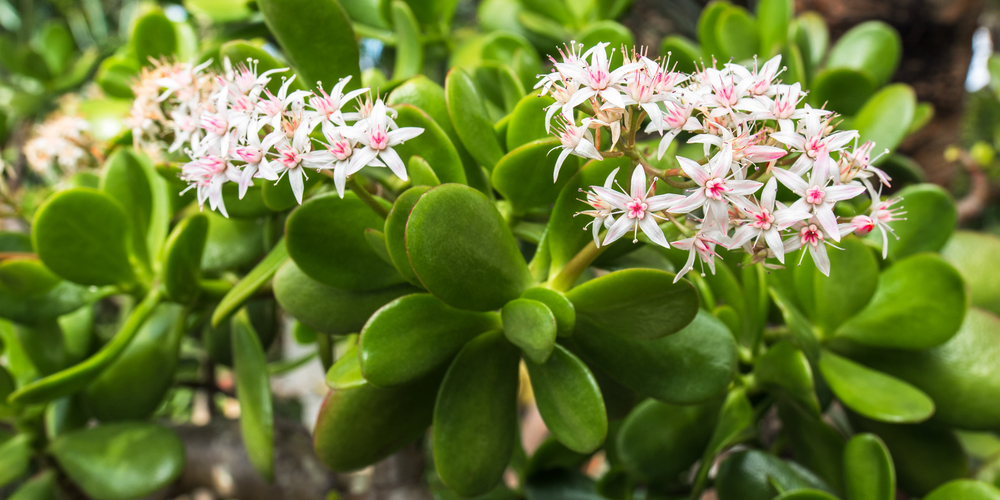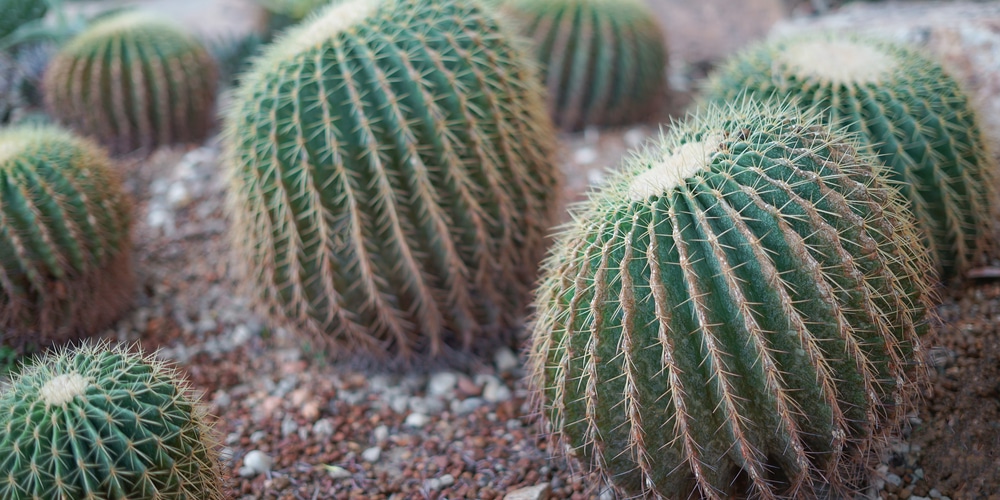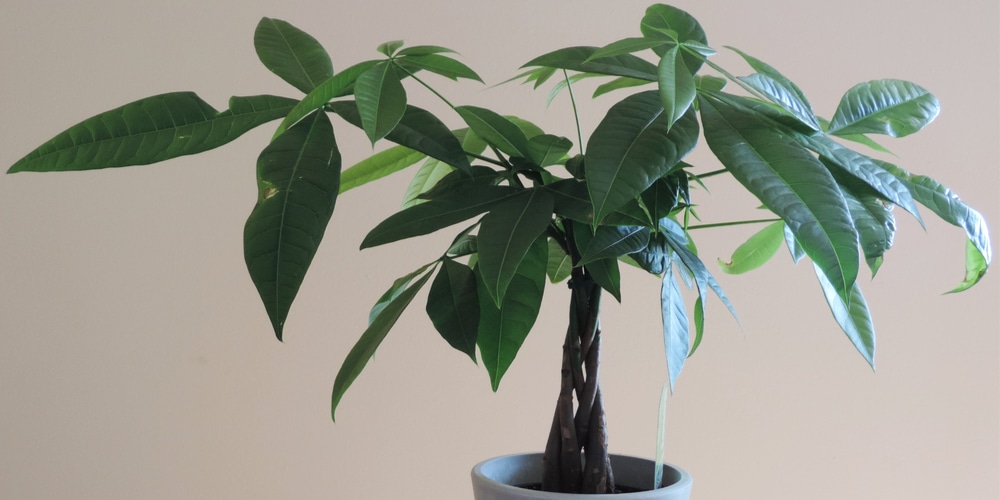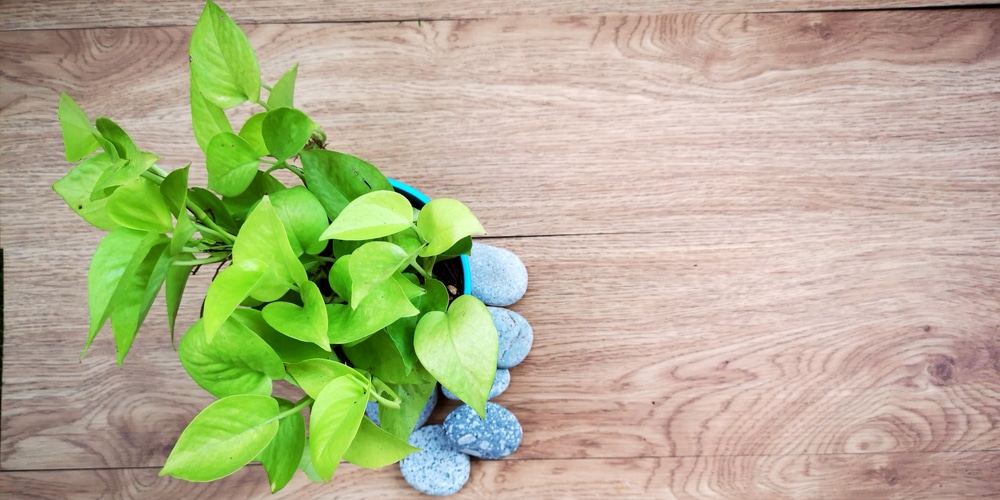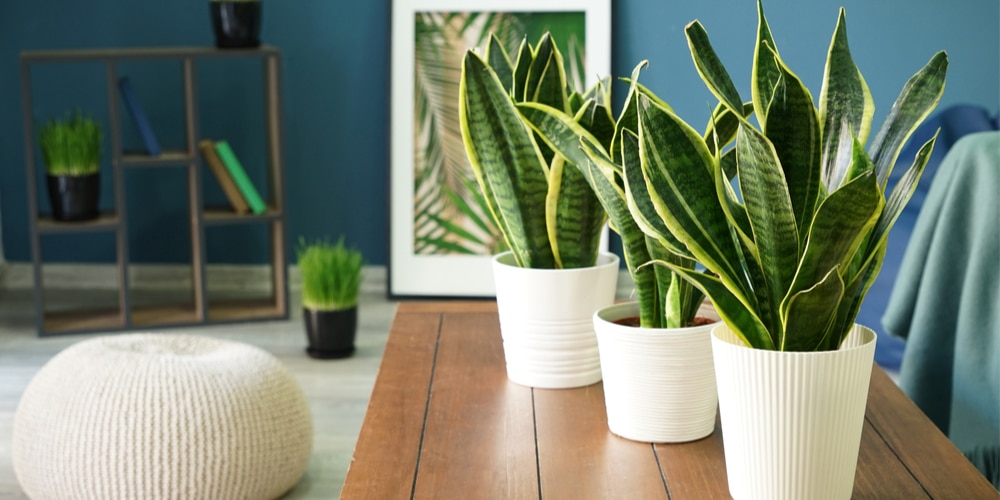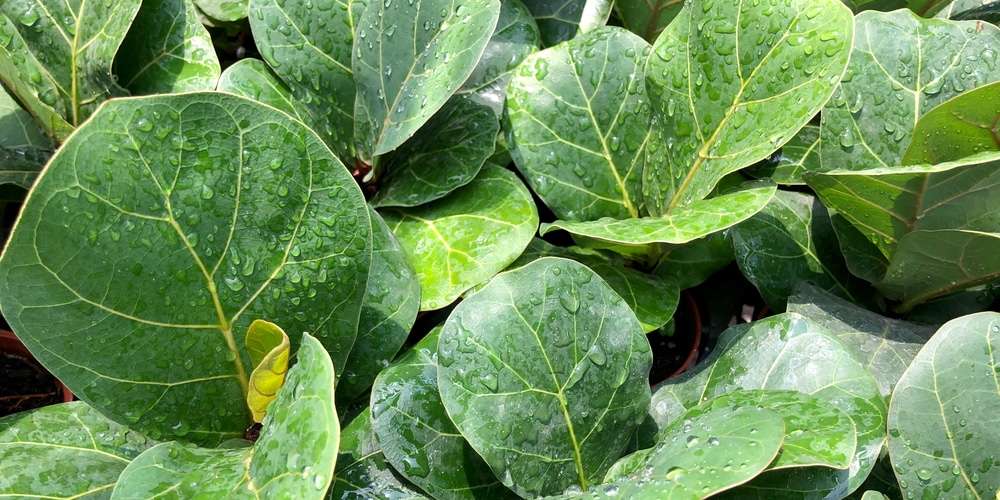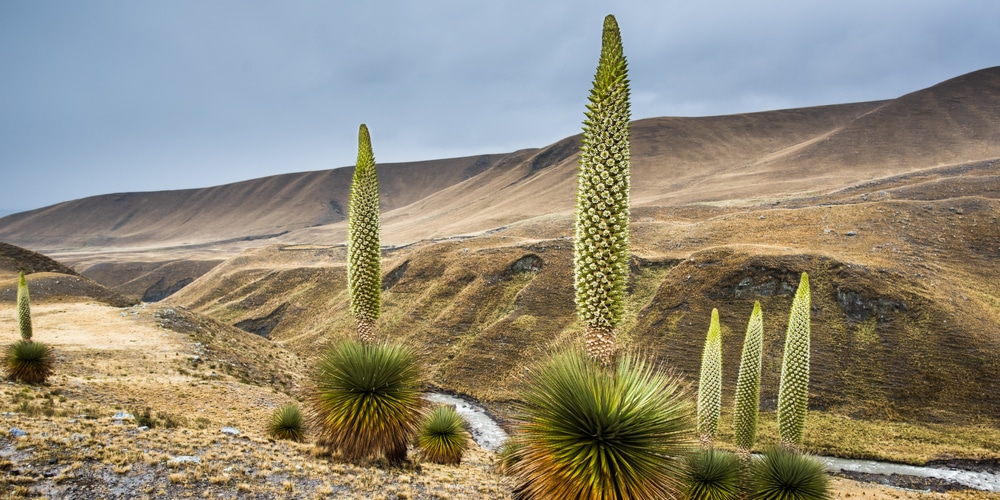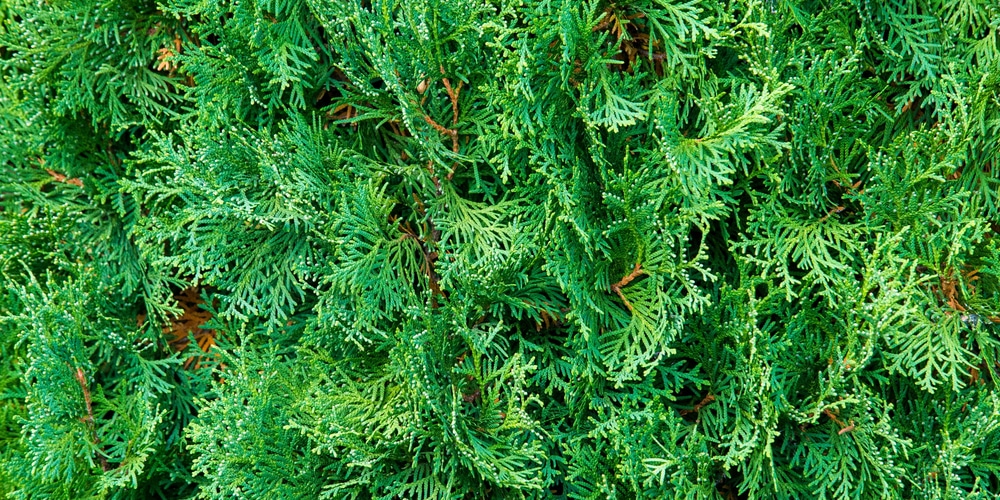Like human beings, plants and trees will have plenty of differences from species to species and from one individual to another. Aside from genetic factors, however, there can be different reasons explaining certain differences, such as growth rates.
Slow-growing plants might not seem like a good idea for a society that has grown to believe that fast growers are better, but there are plenty of reasons why a gardener or property owner might want a slow-growing plant. Aside from their unmatched longevity, they require less maintenance than typical plants, and some will make unique and stunning additions to their surroundings.
The Slowest Growing Plant Species
Let’s take a look at some of the slowest growing plant options you might consider for your property next time you’re looking for additions to your garden.
Aloe Vera
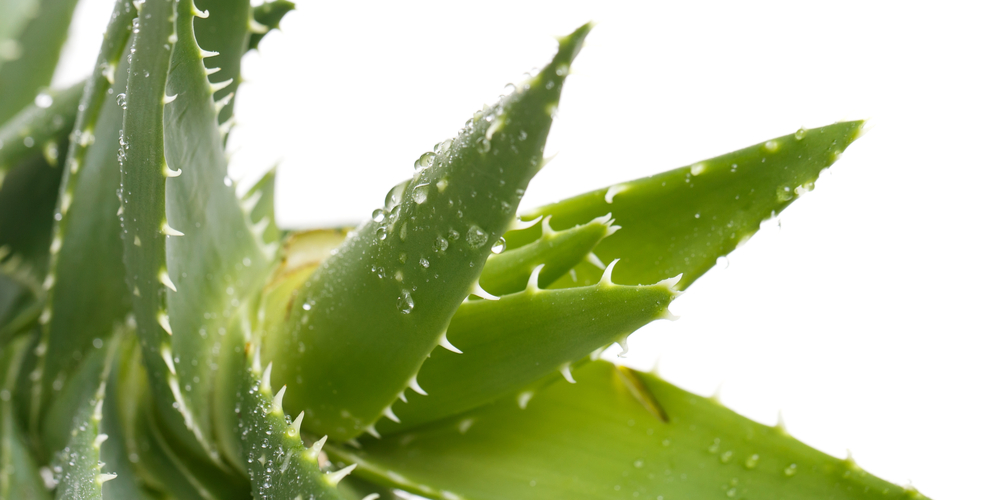
This species of succulents has a long history as traditional medicine, especially among ancient Chinese medicinal practitioners. Aside from that, the aloe vera plant makes for a great addition for decorative purposes in your home or garden. However, it does best in arid, semi-tropical, or tropical climates. The typical aloe plant will take up to 5 years to grow to adulthood, where they will reach a height of 8 to 10 inches. And, Aloe needs a lot of water.
Wisteria Floribunda
The Japanese Wisteria was brought into the United States from Japan back in the 1830s and has become a popular garden fixture in homes and gardens across the country. They are sought after due to their spectacular pink, blue, white, or violet flowers whenever they are in bloom. Although the Wisteria Floribunda may live for more than 50 years, it will only reach maturity after 10-20 years, and blooming may only start to happen ten years after planting.
Jade Plant
Jade plants will be found in countless windowsills across the country, where they can get their fill of sunshine without being directly exposed to strong sunlight. The plant is distinctive for its fleshy, oval-shaped leaves that grow out in clusters at the ends of its branches. They will last you a long time without outgrowing your pot, as they grow at the rate of 5 to 20 centimeters each year.
Cactus
Cactus species are notoriously slow growers, not only due to their lack of foliage (leaves) mainly because their natural habitats are so bereft of water and nutrients. A plant planted today may take up to 12 months to reach the size of a marble, and it may take up to three years to achieve three centimeters of vertical growth. Even so, they are a favorite plant in the USA, especially in the role of inexpensive, trouble-free gifts.
Related Article: A Guide to Poisonous Cacti Species
Money Trees
According to a NASA study, the money tree is one of the best air purifiers one can have in their home, and this is only a bonus that comes with the plant that’s a well-known good-luck charm. Though a slow grower, it can get to heights of up to 59 feet in the wild or 9 feet domestically, and its braided trunks and broad leaves make for distinctive additions to any home’s decor.
Magnolia Grandiflora
Even though it grows at the stately rate of approximately one foot each year, the towering southern magnolia is one of the Southeastern USAs most iconic trees. A mature specimen can get up to 120 feet, and their shady canopies and wide white blooms make it a great addition to any landscape.
Pothos, or Devil’s Ivy
The Devil’s Ivy will be a great option for beginners looking for a simple, no-fuss indoor potter. However, care should be taken with it as it is toxic to pets and humans, so it might not be the best option for those with little ones around. Over time, it can grow to reach 8 feet in length.
Snake Plant
The snake plant is one of the slowest growing indoor potted plants and will typically grow to about 3 feet in length. Owners can pot them and leave them to their own devices due to their minimal requirements, which is why it is such a popular choice for homeowners.
Fiddle Leaf Fig
The violin-shaped leaves of this plant earned it its name, and the species, native to tropical Africa, has become a common fixture in many US homes. Most plants grow to about 10 feet, although the native variety can be almost 50 feet tall in the wild. This eye-catching specimen will become a great, long-lasting fixture in any home they find themselves in.
Gold Thread Cypress
This evergreen shrub originated in Japan but grew to become a fixture in zones 4 to 8 of the United States. It will grow between 1 and 5 feet tall, although it will achieve this at the snail’s pace of about 2 inches per year. You won’t have to trouble yourself too much caring for it, as pruning is only required when dead or broken branches show up.
The Slowest Growing Plant in the World
The Puya Raimondi is a spherical bush native to the Bolivian mountains. It is a species of bromeliad that will take approximately 100 to 150 years before it blooms, after which it will die. One of the few samples of this rare plant can be observed at the Botanical Garden at the University of California.
The Slowest Growing Tree in the World
This individual record is held by a tree discovered in Canada’s Great Lakes Region. It is a White Cedar that has been growing out of a cliffside for 155 years. Even so, it has only attained a height of 4 inches and weighs approximately 0.6 ounces.
Slowest growing plants: Final thoughts
It should be noted that waterlogging, poor soils, lack of sunshine, or sub-optimal climate might all contribute to the slow growth of plants. For this reason, it’s important to make sure you know what plant or tree species you’re dealing with so that you give it what it needs to be healthy.
That aside, don’t be afraid to explore your options when it comes to slow-growing plants, as they are some of the most visually stunning and potentially useful plants you can have in your home or garden. Best of luck!
Related:

